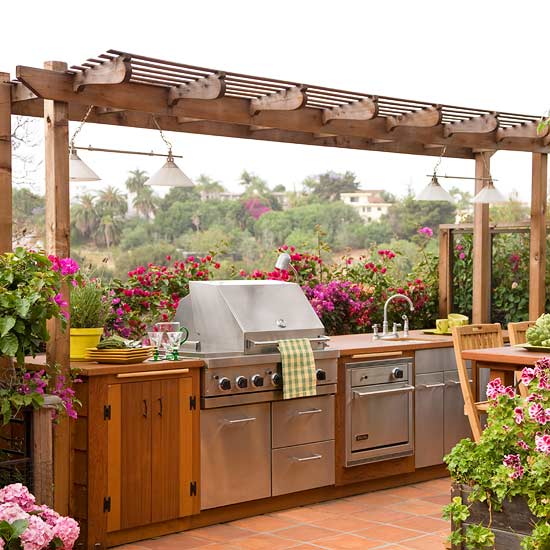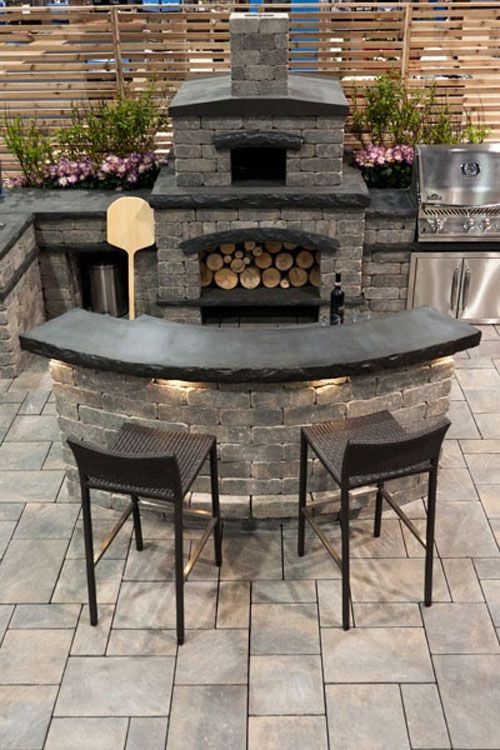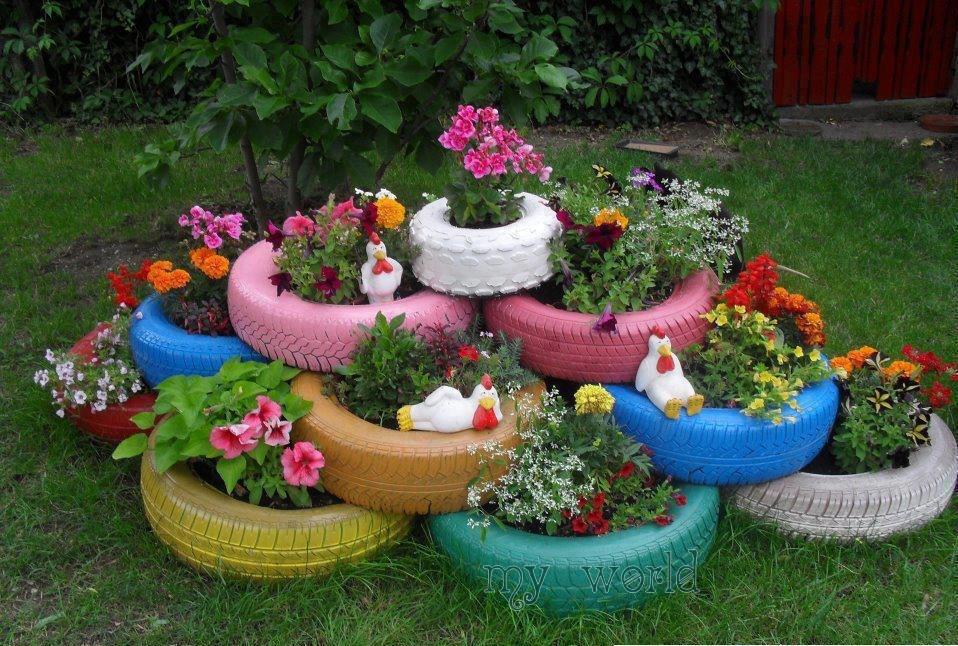We talked a lot about regular kitchens, so it’s time to approach the outdoor kitchens subject. Starting early in spring and up until the autumn’s end, the garden should be the primary place for relaxation and having dinner in the cool shade of the trees is more than a blessing. Have you ever thought that the garden could be the ideal space for cooking, protecting your house from excessive heat created by the oven, while you are preparing a nice meal for your friends and family?
Well, this is a worthy idea to be taken into account, the benefits being undeniable.
For starters, when it comes to arranging an outdoor kitchen, you have to set the place where you are going to have it installed. It’s recommended to have it in close proximity to the main cuisine, because no matter how well you equip your new space, you will have to go back and forth, to the refrigerator or to grab plates and pans.
Equally important is to take into account that this place will be exposed to strong sun or moody weather. That’s why you must have some sort of roofing, be it something sophisticated or a simple umbrella. Also, all the materials have to be resistant to moisture, fading, rust and various bacteria that develop more easily outdoor. The most resilient materials are brick and stone, as for the metallic parts, we recommend wrought and cast iron.
An outdoor kitchen can mean a grill, charcoal and a few utensils for turning the meat from one side to the other, but also a whole ensemble with a sink, counter-tops, mini-fridge or, why not, shelves for storing crockery, cutlery and glasses.
The discussions surrounding the appropriate equipment for an outdoor kitchen are many and varied. Some recommend stainless steel or mosaic mural, for others it’s very important to have an insular layout and some prefer a minimalist design. Beyond all this, however, everyone agrees that outdoor cooking is a unique experience, a kind of return to nature and it’s primordial elements.









